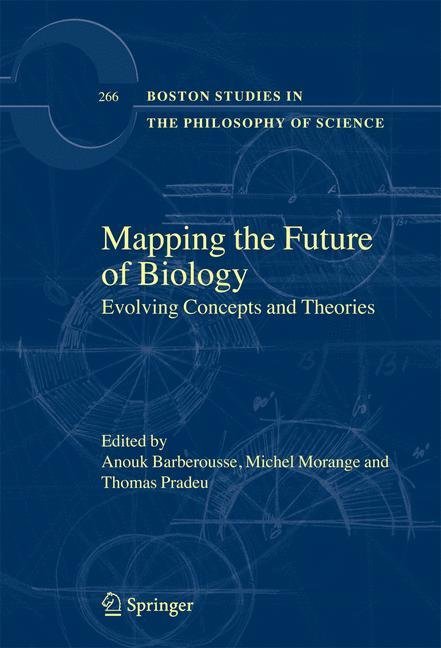Carving Nature at its Joints? In order to map the future of biology we need to understand where we are and how we got there. Present day biology is the realization of the famous metaphor of the organism as a bete Ë machine elaborated by Descartes in Part V of the Discours,a realization far beyond what anyone in the seventeenth century could have im- ined. Until the middle of the nineteenth century that machine was an articulated collection of macroscopic parts, a system of gears and levers moving gasses, solids, and liquids, and causing some parts of the machine to move in response to the force produced by others. Then, in the nineteenth century, two divergent changes occurred in the level at which the living machine came to be investigated. First, with the rise of chemistry and the particulate view of the composition of matter, the forces on macroscopic machine came to be understood as the ma- festation of molecular events, and functional biology became a study of molecular interactions. That is, the machine ceased to be a clock or a water pump and became an articulated network of chemical reactions. Until the ?rst third of the twentieth century this chemical view of life, as re?ected in the development of classical b- chemistry treated the chemistry of biological molecules in much the same way as for any organic chemical reaction, with reaction rates and side products that were the consequence of statistical properties of the concentrations of reactants.



